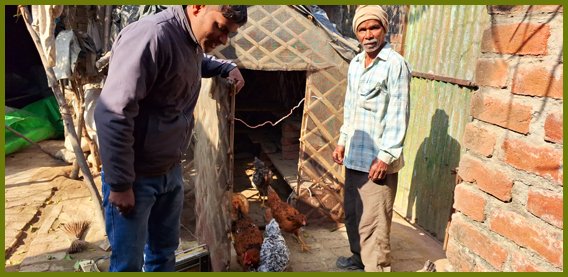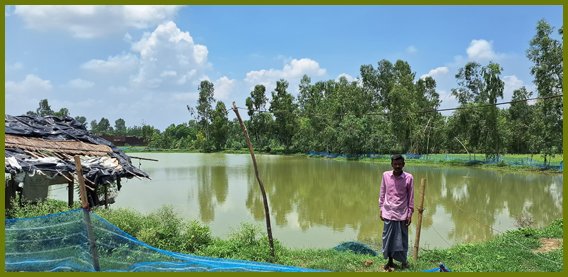Indeed, plays a crucial role in agriculture, encompassing the management and breeding of animals for various products like meat, milk, eggs, and fibre. Farmers rely on animal husbandry not only for their livelihoods but also for enhancing the genetic qualities and behaviors of animals to improve productivity and profitability. Dairy farming is a specialized branch of animal husbandry focused on the sustainable production of milk, which is subsequently processed into various dairy products such as curd, cheese, yogurt, butter, and cream.

Indeed, plays a significant role in animal husbandry, focusing on domesticated birds like chickens, ducks, turkeys, and geese primarily for meat and egg production. Chickens, in particular, are the most widely farmed poultry species, with staggering numbers involved globally. The rarity of protein in Indian food is a topic of ongoing debate. Native poultry and eggs may prove very beneficial in overcoming a protein shortfall. Additionally, the industry's economic impact extends beyond direct production to include employment generation and economic development in rural areas. Balajee Sewa Sansthan had provided 20 chicks to their beneficiaries under this component.

Mushrooms, as the fruiting bodies of fungi, have indeed captivated human interest for millennia. Their appearance in diverse forms, sizes, and colors, especially after rains, has intrigued humans since ancient times. Even during the eras when humans lived as hunters and gatherers, mushrooms were notable for their distinctiveness and often drew attention. This longstanding fascination highlights the enduring relationship between humans and fungi, reflecting their role in ecosystems and cultural narratives throughout history.

Earthworms are valued by farmers because, in addition to aerating the soil, they digest organic matter and produce castings that are a valuable source of humus. Vermicomposting is a simple technology that takes advantage of this to convert biodegradable waste into organic manure with the help of earthworms (the red worm Eisenia foetida) with no pile turning, no smell, and fast production of compost. The earthworms are bred in a mix of cow dung, soil, and agricultural residues or pre decomposed leaf-litter. The whole mass is converted into casts or vermicompost, which can be used as a fertilizer on all types of plants in vegetable beds, landscaping areas, or lawns. Worms are so effective at processing organic waste that they can digest almost half their own weight in debris every day. Vermi composting is a simple composting process that takes advantage of what earthworms do naturally. Since all worms digest organic matter, in principle, any type of worm can be used; however, not all are equally well adapted to living in bins since some worms prefer to live deep in the soil while others are better adapted to living closer to the surface.

Beekeeping, also known as apiculture, is the practice of maintaining colonies of honeybees for the production of honey and other bee products like beeswax, propolis, royal jelly, and pollen. Beyond honey production, beekeeping plays a crucial role in agriculture through pollination, enhancing crop yields and biodiversity. Beekeepers manage hives by providing suitable habitats, monitoring colony health, and harvesting products sustainably. This six-day training program aims to equip participants with comprehensive knowledge and practical skills in beekeeping, covering everything from bee biology and hive management to marketing strategies and regulatory considerations.

Fisheries are vital for global food security, livelihoods, and economic growth, especially in coastal and island regions. To incorporate fisheries into sustainable development and integrated farming systems, key aspects include promoting sustainable management practices to maintain healthy fish stocks, protecting aquatic habitats from pollution and climate change, and supporting small-scale fishers through fair market access and financial services. Emphasizing social equity by ensuring marginalized communities’ benefit, enhancing the role of women and youth, and integrating fisheries into broader land-use plans are essential.
